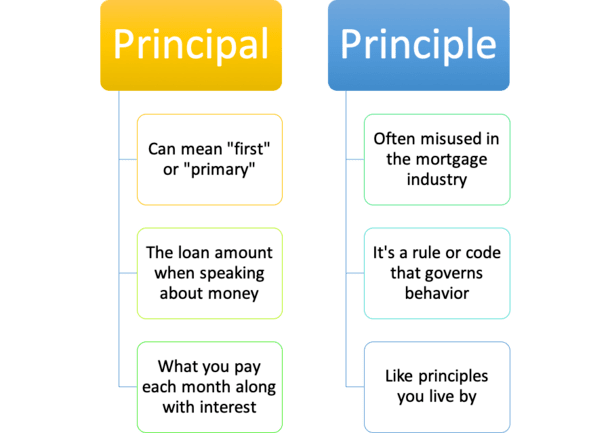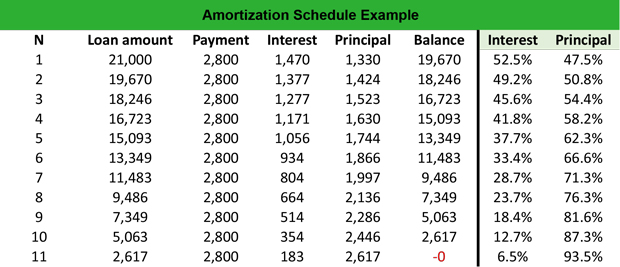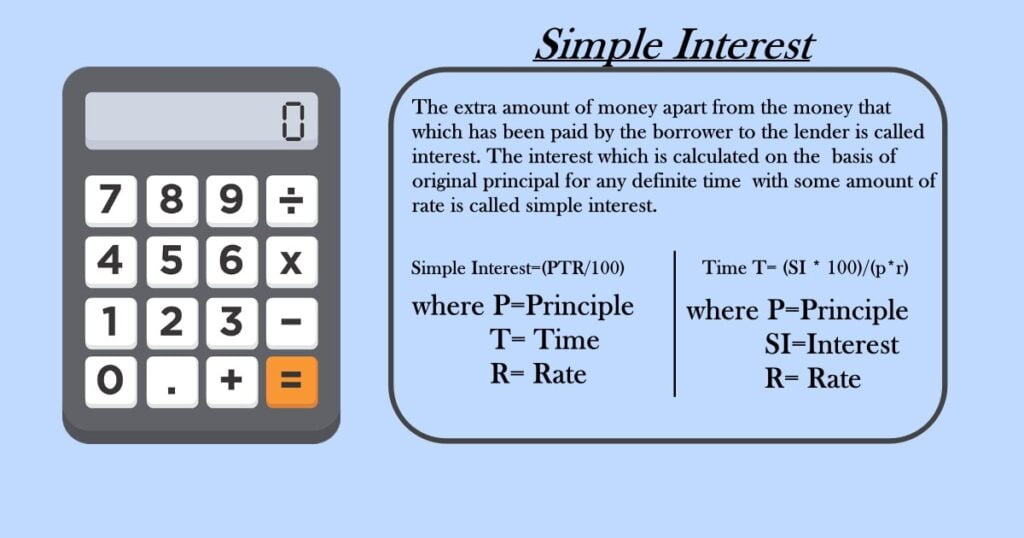

Thus, the risk elements differ in different cases, which have to be compensated for. Their borrowing motives and urgency are different. They offer different types of securities. There are different types of borrowers in the market. There are many factors which causes variations in Interest rates which Eire as such: 1. Interest rates vary from person to person and from place to place. Gross interest rates are different in different cases at different places and different times and for different individuals.įactors Influencing the Rate of Interest: But in practice, gross interest rate is charged. In economic equilibrium, the demand and supply for capital determines the net rate of interest. Gross Interest = Net Interest + Payment for risk + Payment for management services + Compensation for the changing value of money. To avoid such loss and high rate of Interest may be demanded by the lender. Under this when prices are rising, the purchasing power of money declines over a period of time and the creditor loses. Compensation for the Changing Value of Money: Therefore, gross interest also includes payment for management expenses. For all these sorts of management services, reward has to be paid by the borrower to the lender. In the lending business, certain legal formalities have to be fulfilled, say fees for obtaining money-lender’s licence, stamp duties etc.

Cost of Administering the Credit or Payment for Management Services:Ī lender of capital funds has to spend money and energy in the management of credit. Thus, the greater the degree of inconvenience caused to the lender, higher will be the rate of Interest charged. Hence, a payment to compensate this sort of inconvenience may be charged by the lender. When somebody lends the money, he has to bear inconveniences till the period when he gets back the sum, i.e., a lender lends only by saving that is by restricting consumption out of his income which obviously involved some inconveniences which is to be compensated.Ī similar inconvenience is that the lender may be able to get his money back as and when he may need it for his own use. Thus, when loans are made without adequate security, they involve a high elements of risk, so a high rate of Interest is charged. To cover this risk, the lender charges more, in addition to the net interest. Besides this, borrower, takes the loan at the time when his requirement is urgent but when he returns it, it is quite possible that the time may not be suitable from lender’s point of view. The lender has always to bear the risk-the risk that the loan may not be repaid. Marshall, “Net Interest is the earnings of capital simply or the reward of waiting simply.” Chapman-“Net Interest is the payment for the loan of capital when no risk, no inconveniences apart from that involved in saving and no work is entailed on the lender.”Īccording to Prof. The payment made exclusively for the use of capital is regarded as net Interest or pure Interest. There are two types or kinds of Interest: Therefore, it can be said that the debtor’s give Interest to creditors as capital has productivity and creditors demand interest as the lender of money has taken risk and has faced inconveniences, so he must get some reward for the pains of inconvenience and risk. Then, the formation of capital in the market will stop. If he will not get Interest or some advantage of Interest he may loose interest in saving money or he may not be ready to bear inconveniences.

Commonly, Interest is regarded as the payment of the use of service of capital.Ĭreditors or lender of money demands Interest because he has taken pains in saving money, has suffered inconveniences in postponing his needs and has taken risk of bad debts. In economics, Interest has been defined in a variety of ways. In strict narrow sense, again, capital may refer to only funds borrowed for real investment in business by the business community from financial institutions. In the money economy, however for all practical purposes capital refers to finance or money capital i.e., the monetary fund’s lent or borrowed for any purpose of expenditure from any source.

But for all practical purposes, “interest is the price of capital.” Capital as a factor of production, in real terms, refers to the stock of capital goods (machinery, raw-materials, factory plant etc.). In the real economic sense, however, interest implies the return to capital as a factor of production. It is the price paid for the use of other’s capital fund for a certain period of time. It is usually expressed as an annual rate in terms of money and is calculated on the principal of the loan.


 0 kommentar(er)
0 kommentar(er)
